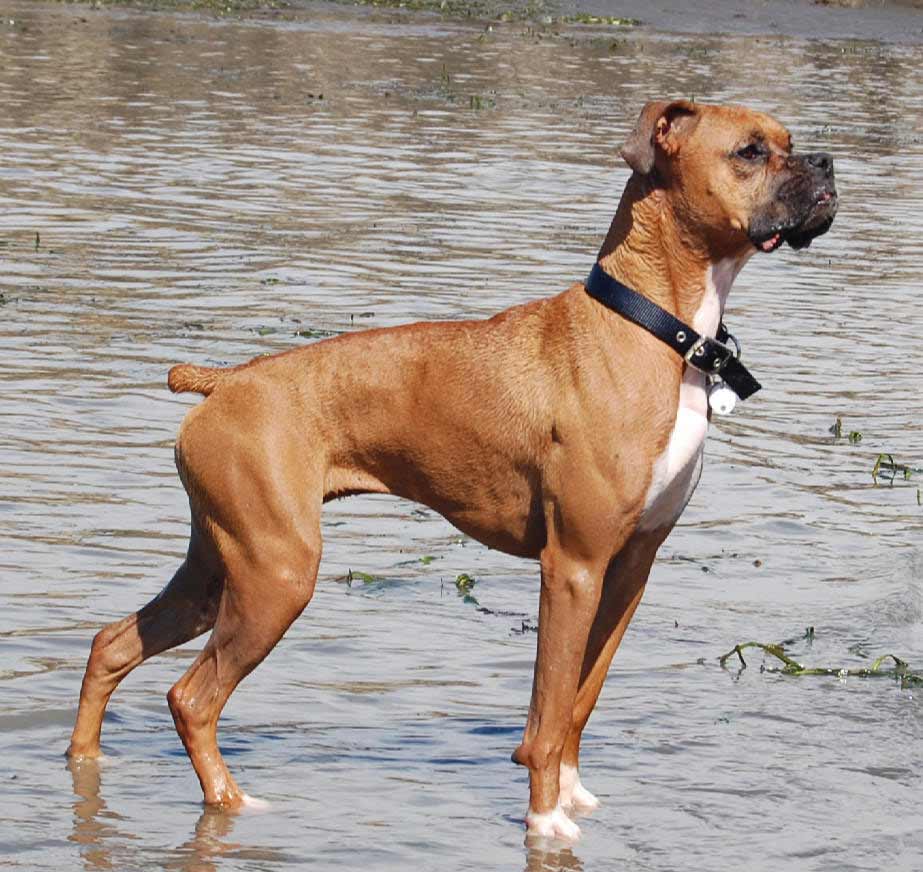

Unfortunately, your Boxer is more likely than other dogs to have problems with her teeth. General Health Information for your Boxer Dental Diseaseĭental disease is the most common chronic problem in pets, affecting 80% of all dogs by age two. You will know what to watch for, and we will all feel better knowing that we’re taking the best possible care of your pal.

At the end of the article, we have also included a description of what you can do at home to keep your Boxer looking and feeling her best. This information helps you and us together plan for your pet’s unique medical needs. This guide contains general health information important to all canines as well as the most important genetic predispositions for Boxers. Of course, we can’t cover every possibility here, so always check with your Lone Star Animal Hospital team if you notice any unusual signs or symptoms. We will describe the most common issues seen in Boxers to give you an idea of what may come up in her future. That does not mean your dog will have these problems it just means that she is more at risk than other dogs. There is a general consensus among canine genetic researchers and veterinary practitioners that the conditions we’ve described herein have a significant rate of incidence and/or impact in this breed. Many diseases and health conditions are genetic, meaning they are related to your pet’s breed. By knowing about health concerns specific to Boxers, we can tailor a preventive health plan to watch for and hopefully prevent some predictable risks. That is why we have summarized the health concerns we will be discussing with you over the life of your Boxer. We know that because you care so much about your dog, you want to take good care of her. The Boxer is a generally healthy breed with an average lifespan of 11-13 years. Boxers enjoy close human contact and demand to be the center of attention with their clownish antics. Some Boxers can be stubborn, but most are eager and quick to learn. They are a friendly and high-spirited breed that loves to play with children. The Boxer is a high-energy dog with an enthusiastic and animated nature. Boxers are known for their characteristic “boxing” with their front paws while standing on their hind legs. The modern Boxer was developed in Germany during the 19th century from mastiff type dogs, and was originally used to hunt large game and for fighting or baiting. With early socialization and consistent leadership, she is a cheerful and dependable addition to any family.

She is a bright and energetic companion that forms close human bonds.


 0 kommentar(er)
0 kommentar(er)
